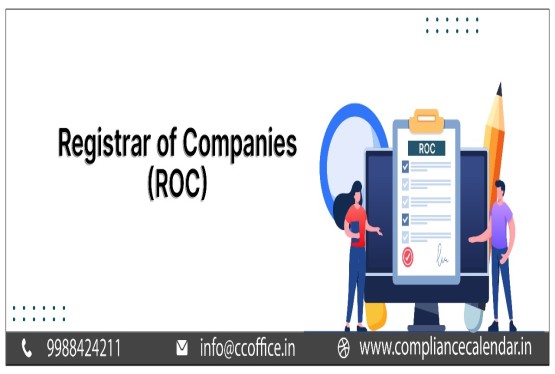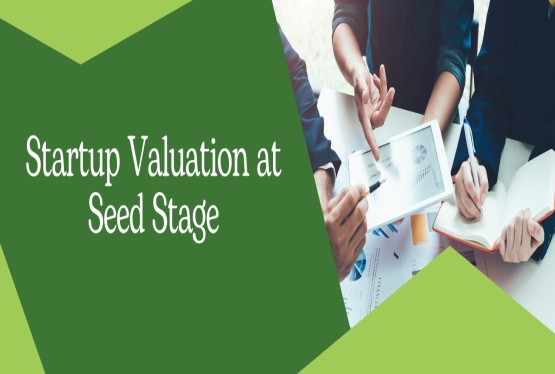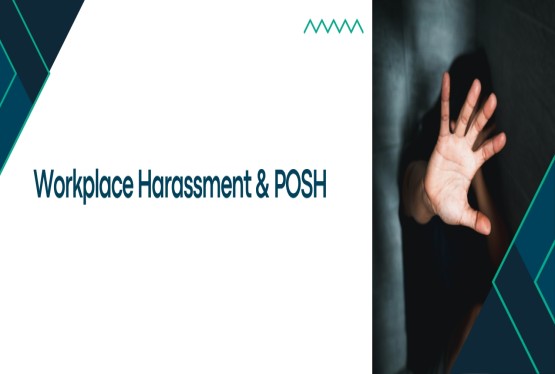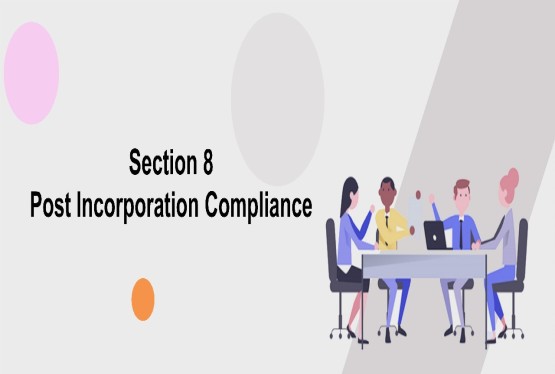The Form IEPF-5 (Investor Education and Protection Fund Form-5) is a crucial document for claiming shares, Unclaimed dividends, or other amounts that have been transferred to the Investor Education and Protection Fund (IEPF). However, not all submissions of IEPF-5 are successful. Many applications face rejection due to various reasons, ranging from incomplete documentation to procedural errors.
Purpose of Filing IEPF Form 5
-
Reclaim Shares: To recover shares transferred to the IEPF account.
-
Reclaim Dividends: To recover unclaimed dividends accrued on the transferred shares.
-
Access Unpaid Amounts: For amounts like matured deposits, debentures, or other unpaid sums moved to the IEPF.
-
Legal Heir Claims: For heirs or nominees to claim ownership after the original shareholder’s demise.
-
Update Records: To ensure shareholder information is updated with the IEPF and the company.
Reasons for IEPF-5 Form Rejection
Rejection of claims filed with the Investor Education and Protection Fund (IEPF) Authority can occur due to various reasons. Here are some common reasons for IEPF rejection:]
Incomplete or Incorrect Details in the Form
One of the primary reasons for rejection is incomplete or inaccurate information in the IEPF-5 form. The details provided in the form must match the records maintained by the company and the IEPF authority. Common errors include:
-
Mismatch in personal details such as name, address, or PAN number.
-
Incorrect details of shares or dividends claimed.
-
Discrepancies in the bank account information provided for refund purposes.
How to Avoid:
-
Double-check all entries in the form before submission.
-
Ensure that your details match the records of the company that transferred the unclaimed amount to the IEPF.
Failure to Attach Required Documents
IEPF-5 claims require several supporting documents to verify the identity and eligibility of the claimant. Missing or incorrect documents can lead to the outright rejection of the claim. Common issues include:
-
Not attaching the required documents such as PAN, Aadhaar, or passport.
-
Missing share certificates or proofs of entitlement.
-
Incorrectly attested copies of documents.
How to Avoid:
-
Refer to the IEPF guidelines for the complete list of mandatory documents.
-
Ensure all documents are self-attested or notarized as per the requirements.
Non-Submission of Physical Documents to the Nodal Officer
After filing the IEPF-5 form online, claimants must send the physical copies of the claim form and supporting documents to the company’s Nodal Officer. Failing to do so within the stipulated timeline is a common reason for rejection.
How to Avoid:
-
Submit the physical documents to the company’s Nodal Officer within 15 days of filing the form online.
-
Use a reliable courier service and retain the proof of dispatch.
Claimant Not Being the Legal Heir
In cases where the original shareholder is deceased, the claim is often filed by a legal heir. Claims are rejected if:
-
The claimant fails to provide valid legal heirship documents, such as a succession certificate or probate of will.
-
There are disputes among legal heirs, resulting in multiple claims for the same amount.
How to Avoid:
-
Obtain a valid legal heirship certificate or probate before filing the claim.
-
Resolve disputes among heirs before submitting the claim to avoid conflicting applications.
Duplicate or Multiple Claims
Submitting duplicate claims or multiple claims for the same amount often leads to rejection. This could happen if:
-
The claimant files multiple IEPF-5 forms for the same shares or dividends.
-
Other claimants file for the same shares without resolving disputes.
How to Avoid:
-
File only one claim for the same amount or shares.
-
Coordinate with other potential claimants to avoid incorrect claims.
Expired Timeline for Claim Filing
IEPF claims must be filed within the timelines prescribed by the Companies Act, 2013. If the claim is filed beyond this period, it is likely to be rejected.
How to Avoid:
-
Check the timelines for filing claims for dividends or shares transferred to the IEPF.
-
Act promptly upon discovering that your unclaimed amount has been transferred to the IEPF.
Non-Payment of Required Fees
Some claims require the payment of processing fees, depending on the company's or IEPF authority's rules. Failure to pay these fees or providing proof of payment may result in rejection.
How to Avoid:
-
Verify the fee requirements before filing the claim.
-
Ensure timely payment and retain the proof of payment for submission.
Improper Authorization in Case of Power of Attorney
If the claim is filed through a power of attorney (PoA) holder, it may be rejected if:
-
The PoA document is not properly executed or notarized.
-
The PoA does not grant specific authorization to file IEPF claims.
How to Avoid:
-
Ensure that the PoA document explicitly mentions authorization for IEPF claims.
-
Get the PoA document notarized or registered as required.
Discrepancies in Share Dematerialization
Many claims are rejected due to discrepancies in the process of dematerializing physical shares before filing the claim. Issues include:
-
Shares not dematerialized as per SEBI guidelines.
-
Incorrect or incomplete demat account details.
How to Avoid:
-
Dematerialize your shares through a SEBI-registered Depository Participant before filing the claim.
-
Verify your demat account details before submitting them in the form.
Failure to Respond to IEPF Queries
Sometimes, the IEPF authority or the company may raise queries or request additional information. Failure to respond promptly can result in claim rejection.
How to Avoid:
-
Monitor your email and registered contact details for any communication from the IEPF authority.
-
Respond to queries or requests for additional documents within the specified timeline.
Improper Execution of Indemnity Bond
An indemnity bond is a critical document required for IEPF claims. Common issues include:
-
Incorrect format of the indemnity bond.
-
Missing or improper stamp duty payment.
-
Notarization not done as required.
How to Avoid:
-
Follow the format prescribed by the IEPF authority for the indemnity bond.
-
Pay the correct stamp duty and get the bond notarized.
Mismatch in Financial Details
IEPF claims involving refund payments often face rejection if there are discrepancies in financial details. Issues include:
-
Incorrect bank account details.
-
Mismatch between the claimant’s bank records and the form.
How to Avoid:
-
Provide accurate and active bank account details.
-
Ensure the account is in the claimant’s name and matches the records.
Failure to Fulfill Verification Process
After submission, the company’s Nodal Officer and the IEPF authority verify the claim. Rejection occurs if:
-
The claimant fails to cooperate during verification.
-
Documents are found to be forged or incomplete.
How to Avoid:
-
Provide genuine documents and cooperate fully during the verification process.
Tips for Successful IEPF-5 Claims
-
Understand the Guidelines: Familiarize yourself with the IEPF claim process and guidelines.
-
Organize Documents: Keep all required documents ready and ensure they are accurate.
-
Communicate Promptly: Respond quickly to queries from the company or IEPF authority.
Disclaimer
This guidance is for informational purposes only and should not be considered as legal or professional advice. While we will provide accurate and up-to-date information, claimants are strongly advised to carefully read the official instructions and guidelines provided by the Investor Education and Protection Fund (IEPF) Authority before submitting Form IEPF-5. It is essential to ensure that:
-
All mandatory fields in Form IEPF-5 are correctly filled and consistent with the supporting documents.
-
Accurate and complete supporting documents are provided, including proof of identity, address, original share certificates, indemnity bonds, and any other relevant documents.
-
The physical copies of the form and documents are dispatched to the concerned company and IEPF Authority as per the prescribed procedure given by the authority.
-
Any discrepancies, mismatched details, or procedural non-compliance are resolved before submission to avoid delays or rejection.
FAQs
Q1. What is IEPF-5 and why can it be rejected?
Ans. IEPF-5 is a form used for the claim of unpaid dividend, matured debentures, or shares that have been transferred to the Investor Education and Protection Fund (IEPF) in India. This form can be rejected due to various reasons, including incomplete or incorrect documentation, mismatch of details with IEPF records, or failure to meet statutory requirements for claiming the funds.
Q2. Why was my IEPF-5 application rejected due to incorrect details?
Ans. IEPF-5 applications are rejected if the details provided in the form, such as shareholder information, demat account number, or folio number, do not match the records maintained by the company or the IEPF. It is crucial to verify the exact details on your dividend records or shareholder communication before submitting the form to avoid rejections.
Q3. Can IEPF-5 be rejected if my claim exceeds the prescribed limits?
Ans. Yes, IEPF-5 claims can be rejected if the claim amount exceeds the maximum allowed limit as per IEPF guidelines. This typically happens when multiple claims are filed for the same financial year or when the claimants attempt to recover an amount that has already been claimed previously. Ensure that your claim aligns with the current IEPF guidelines and is within the permissible limit.
Q4. What happens if I submit incorrect documents for IEPF-5?
Ans. The rejection of an IEPF-5 application can occur if the required supporting documents are not correctly submitted. This includes the incorrect or incomplete submission of identity proof, address proof, and bank details. It’s essential to cross-check the list of required documents provided by the Ministry of Corporate Affairs (MCA) to ensure they are correctly submitted to avoid rejection.
Q5. Why would my IEPF-5 application be rejected due to discrepancies in the bank account details?
Ans. The rejection could occur if the bank account details mentioned in the IEPF-5 form do not match the records held by the IEPF or if the provided bank account is not valid (such as a closed or frozen account). To prevent rejection, double-check your bank details, ensure the account is active, and verify that the details exactly match with those on your claim application.











































































_crop10_thumb.jpg)


































































_crop10_thumb.jpg)
_crop10_thumb.jpg)



_crop10_thumb.jpg)


_crop10_thumb.jpg)





_crop10_thumb.jpg)

_crop10_thumb.jpg)














-suratgujarat-section-158_crop10_thumb.jpg)
-suratgujarat_crop10_thumb.jpg)
-(33)_crop10_thumb.jpg)



-ahmedabad_crop10_thumb.jpg)
-learn_crop10_thumb.jpg)

-learnn_crop10_thumb.jpg)


























































_crop10_thumb.jpg)























_Guidelines_learn_crop10_thumb.jpg)























_learn_crop10_thumb.jpg)
_crop10_thumb.jpeg)










_crop10_thumb.jpg)




_Second_Amendment_Rules,_2025_learn_crop10_thumb.jpg)







_learn_crop10_thumb.jpg)












































_learn_crop10_thumb.jpeg)























_learn_crop10_thumb.jpg)



_rd_roc_learn_crop10_thumb.jpg)
















_learn_crop10_thumb.jpg)














_learn_crop10_thumb.jpg)
_Learn_crop10_thumb.jpg)
















